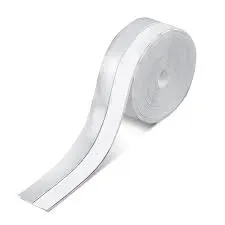Choosing the Right Material for Your Application
Injection and compression molding processes are compatible with an array of material options, the most common of which are:
- Nitrile. Nitrile is a synthetic rubber that offers good resistance to acids and alkalis as well as abrasion and chemicals. It can withstand temperatures ranging from -60 to 250° F, and the material offers good resistance to compression set.
- Ethylene Propylene Diene Monomer (EPDM). This synthetic rubber has a working temperature range of -60 to 300° F. It’s flexible, durable, and possesses good acid resistance, with excellent resistance to alkalis.
- Viton®. This particular brand of Fluorocarbon (FKM) operates in temperatures ranging from -20 to 400° F. Of these common materials, it offers superior acid and chemical resistance, with average resistance to alkalis and good compression set. We also work with all three families of this material and choose based upon application.
- Silicone. Delivering flexibility and good mechanical properties, silicone provides particularly impressive thermal resistance. The material maintains its integrity from -100 to 450° F. It’s also highly resistant to alkalis, with superior resistance to compression set.
- Neoprene. Neoprene is another material option, with a temperature range of -45 to 250° F. With average resistance to compression set and resistance to alkalis, this synthetic rubber withstands tears and holds up well against oils, solvents, UV light, and the elements.
These materials give us the versatility to create molded seals and gaskets for virtually any temperature, pressure, or pH condition.


